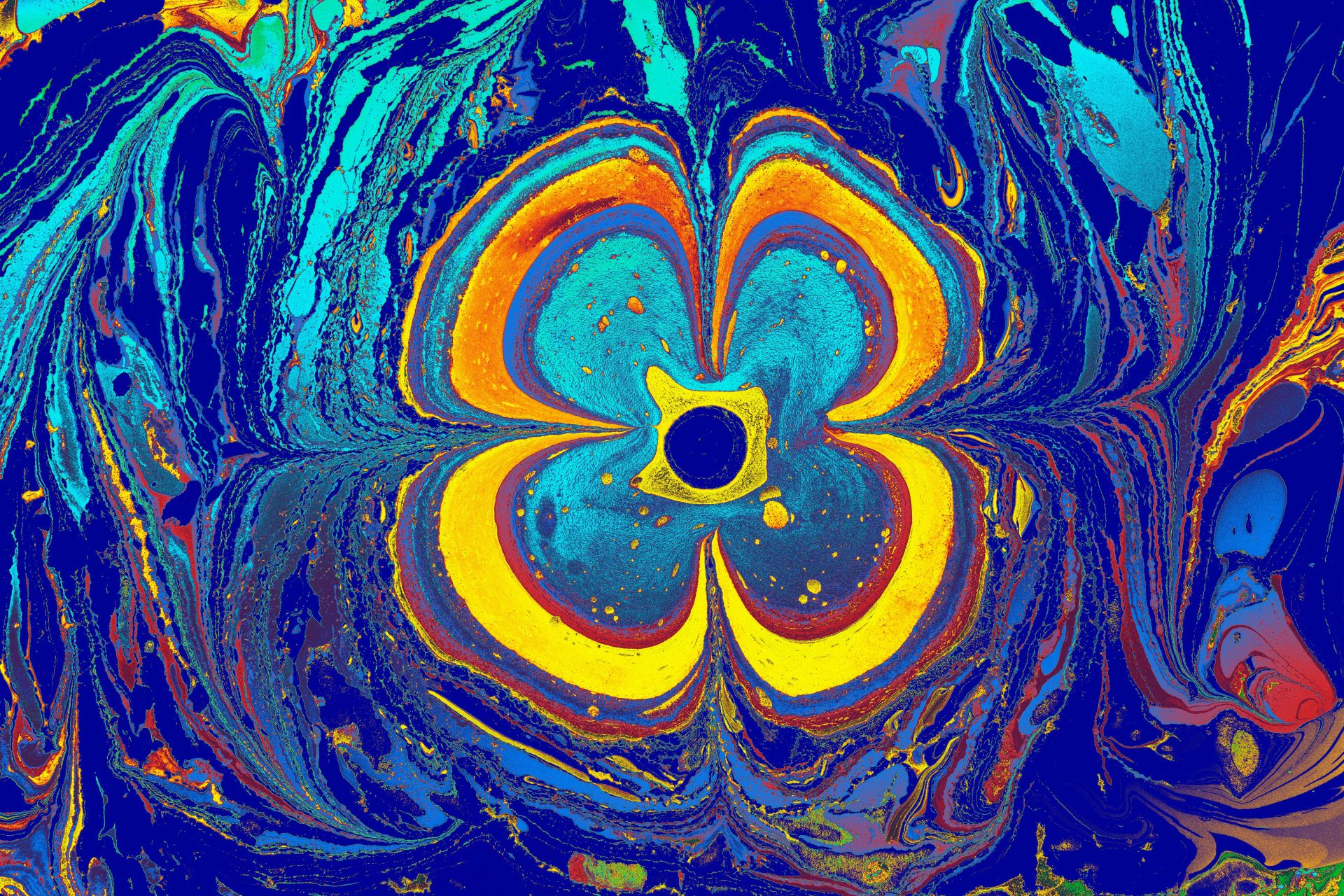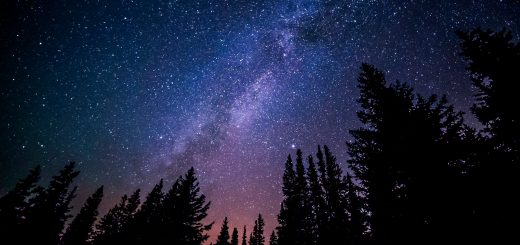The Role of Wildlife in Folklore and Myths Around the World

Before diving in, please note: This post is for informational purposes only. If you’d like to know more about how we approach topics, feel free to check out our friendly Disclaimer Page.
Hey there, amazing readers! 🖐️ Just a quick note: yes, we know there are a lot of ads here. Trust us, we get it—it’s not the prettiest look, but they help us keep this blog alive and kicking. Those pesky little ads cover the costs of all the behind-the-scenes magic, from hosting and tech stuff to creating content we hope you’ll love.
We’re committed to delivering quality posts, and your support (even just sticking around despite the ads) means everything to us. So, bear with us, and thanks for helping us keep the good vibes rolling. Now, on to the fun stuff! 😉
TRANSLATE BUTTON AT THE END OF THE ARTICLE
A Quick Overview
Folklore and myths have always served as mirrors reflecting the values, fears, and aspirations of different cultures.
Central to these stories are animals and nature, which we find woven into the fabric of narratives from every corner of the globe.
Wildlife doesn’t just exist in these tales; it plays a pivotal role, often embodying the very essence of human emotion and experience.
Join me as we embark on a journey through the fascinating intersections of wildlife and myth, exploring how animals have inspired generations and shaped cultural identities around the world.
Introduction: The Enchantment of Wildlife in Folklore
Wildlife has always enchanted the human spirit.
From stories of cunning foxes to wise old owls, animals in folklore often encapsulate deep human truths.
These narratives bring us closer to nature, allowing us to explore themes of morality, wisdom, and transformation.
They form an integral part of our history, preserving the knowledge of generations while also offering a means of understanding the world around us.
You know, it’s like those tales you heard as a kid, where animals spoke and had adventures just like people do.
Sometimes, they teach us lessons about bravery or humility; other times, they serve as cautionary tales.
This interplay between wildlife and storytelling helps us navigate our own lives.
When we examine these stories, we see reflections of ourselves, our cultures, and our shared humanity.
The beauty of wildlife in folklore lies in its diversity.
Every culture has its unique spin on animals, shaping how they are perceived and what they symbolize.
Whether it’s the lion in African folklore symbolizing courage or the coyote in Native American myths representing trickery, animals serve as cultural icons that carry profound meanings.
Let’s delve deeper into how these creatures have become ingrained in our collective consciousness.
Nature’s Symbols: Animals as Cultural Icons
Across various cultures, animals have emerged as profound symbols.
They embody qualities we aspire to possess or warn us against traits we should avoid.
Here are a few notable examples:
The Eagle: Often seen as a symbol of strength and freedom, the eagle appears in numerous myths.
In Native American culture, it is revered as a messenger between humans and the Creator.
The Turtle: In many Indigenous cultures, the turtle represents Mother Earth and is often seen as a symbol of wisdom and longevity.
The Lion: Known as the "King of the Jungle," lions are celebrated in African folklore for their bravery and nobility.
These animal symbols aren’t just random choices; they resonate with the values and beliefs of the cultures they represent.
For instance, the loyalty of dogs is often reflected in stories highlighting friendship and fidelity.
In contrast, the cunning nature of the fox can illustrate the complexities of human behavior.
Wildlife thus plays a crucial role in helping cultures express their values, aspirations, and fears.
Each animal conveys messages that transcend generations, allowing us all to learn from their stories.
Isn’t it fascinating how a simple animal can carry such weight?
Mythical Creatures: Beasts Born from Imagination
The realm of mythology is filled with a plethora of mythical creatures that stretch the boundaries of imagination.
Dragons, unicorns, and mermaids—these fantastic beings often combine features from various animals, creating something entirely new.
Discover "Dog Care: Learning How to Care for Your Furry Friend 🐾"
Let’s look at some of these creatures:
Dragons: Found in cultures worldwide, dragons can symbolize power, wisdom, and sometimes chaos.
The Western dragon, with its fire-breathing prowess, contrasts sharply with the benevolent, wise dragons of Eastern traditions.
Griffins: With the body of a lion and the head of an eagle, griffins are seen as guardians of treasures and sacred places.
They represent a union of strength and wisdom.
Mermaids: These enchanting beings, half-woman and half-fish, remind us of the mysteries of the sea and the allure of the unknown.
These mythical creatures often serve to explore themes of good versus evil, heroism, and the unknown.
They allow us to confront our fears or embark on grand adventures without leaving the comfort of our imaginations.
It’s almost as if these creatures are a bridge connecting our world to the fantastical.
They invite us to question, dream, and envision new possibilities.
Isn’t that the beauty of storytelling?
Birds in Folklore: Messengers of the Divine
Birds are ubiquitous in folklore, often symbolizing freedom, transformation, and spirituality.
They frequently serve as messengers between the human realm and the divine.
Here are some notable examples:
The Raven: In many Indigenous cultures, particularly among Native American tribes, the raven is a symbol of creation and transformation.
It is often portrayed as a trickster who invites curiosity and wisdom.
The Dove: Seen as a symbol of peace and love in various cultures, the dove often represents the spirit or the divine presence in stories.
The Owl: Traditionally associated with wisdom and knowledge, owls appear in various folktales, often guiding heroes or representing the unseen.
Birds in these tales can represent the duality of existence—showing us both the beauty and cruelty of life.
Their ability to fly high above the ground serves as a metaphor for perspective, urging us to rise above our problems and see the bigger picture.
When I hear stories about birds, it takes me back to childhood, watching them soar in the sky.
It reminds me to embrace my own freedom and rise above challenges.
Isn’t it interesting how these simple creatures can evoke such profound thoughts?
The Serpent’s Tale: Wisdom and Transformation
The serpent is a fascinating creature in folklore.
It often symbolizes duality—representing both danger and wisdom.
Let’s explore how serpents play their roles in various cultures:
The Serpent in the Garden of Eden: In Judeo-Christian tradition, the serpent represents temptation and the fall of humanity.
Yet, it also represents knowledge and enlightenment.
Quetzalcoatl: In Aztec mythology, this feathered serpent symbolizes wisdom, wind, and the morning star, embodying both divine intelligence and earthly power.
Naga: In Hindu and Buddhist traditions, Nagas are serpent deities that represent water and fertility, often associated with protection and prosperity.
These narratives about serpents illustrate how they can be viewed from multiple perspectives—sometimes as protectors, other times as temptations.
This duality invites us to reflect on our own choices and the consequences they carry.
As I think of these tales, I’m reminded of how encounters with our own "serpents" in life can lead to growth and transformation.
They challenge us to confront our fears while also offering wisdom if we dare to listen.
Forest Spirits: Guardians of Nature’s Secrets
Forests have always held a special place in folklore, often becoming the home of spirits and mystical creatures.
These guardians of nature’s secrets serve as protectors of the wild, embodying the essence of the forest itself.
Here are some examples:
Dryads: In Greek mythology, these tree spirits embody the life force of trees.
They remind us of our connection to nature and the importance of preserving it.
Kodama: In Japanese folklore, these spirits inhabit trees and are said to protect the forest.
Not harming a kodama is considered vital, as it brings good fortune.
The Green Man: Found in various cultures, the Green Man symbolizes rebirth and the cycle of nature.
His face, composed of leaves and branches, embodies the spirit of the forest.
These spirits often serve as reminders of humanity’s connection to nature.
They teach us the importance of respecting our environment and understanding the delicate balance of ecosystems.
I often find myself wandering through the woods, imagining the stories hidden among the trees.
It’s a gentle nudge to remember that nature isn’t just a backdrop to our lives; it’s a living, breathing entity filled with tales waiting to be told.
The Trickster Archetype: Cunning Animals in Myths
Ah, the trickster!
Often embodying wit and cunning, trickster archetypes appear across many mythologies.
They can be both enlightening and mischievous, teaching valuable lessons through their antics.
Here’s a look at some famous tricksters:
Coyote: In Native American folklore, Coyote embodies the trickster spirit, often causing mischief yet also teaching important life lessons about humility and wisdom.
Anansi the Spider: In West African folklore, Anansi is a clever spider who uses his intelligence to outsmart other animals, often conveying deeper moral lessons.
Loki: In Norse mythology, Loki is the ultimate trickster, known for his cleverness and deception.
His stories often highlight the unpredictability of life.
These tricksters remind us of the importance of humor in life.
They teach us that sometimes, it’s okay to break the rules or challenge authority.
Their antics often lead to unexpected lessons, showing us that wisdom can come from the most unlikely sources.
Thinking of these characters always brings a smile to my face.
They remind me not to take life too seriously and that sometimes laughter is the best teacher.
After all, who hasn’t needed a little mischief in their lives?
Mythical Beasts: Dragons, Griffins, and Beyond
Mythical beasts are more than just impressive creatures; they represent our deepest fears and desires.
They encapsulate the wonder and terror of the unknown.
Here’s how mythical beasts play their part in storytelling:
Chimera: This fire-breathing creature, composed of a lion, goat, and snake, represents the chaotic nature of life and the merging of different worlds.
Phoenix: A symbol of rebirth and renewal, the phoenix embodies hope and resilience, reminding us that from destruction can come new beginnings.
Basilisk: Known for its deadly gaze, the basilisk represents fear and the unknown, often serving as a metaphor for facing our deepest anxieties.
These mythical beasts invite us to confront our fears while also embracing the possibilities of transformation.
Their stories are often filled with adventure, bravery, and the triumph of good over evil.
I remember reading tales of brave knights facing dragons, and those stories fueled my imagination as a child.
They taught me that courage lies not just in facing external challenges, but also in confronting the fears within us.
Isn’t that powerful?
Stories of the Sea: Marine Life in Folklore
The ocean has long been a source of fascination, and marine creatures have found their way into folklore and myth.
They often symbolize mystery, danger, and the unknown.
Here are some notable examples:
Mermaids: Enigmatic beings of the sea, mermaids often symbolize beauty and danger.
They remind us of the allure of the unknown—sometimes leading sailors to doom or captivating them with their songs.
Kraken: This legendary sea monster represents the fears of the deep sea.
It serves as a reminder of the vastness and unpredictability of ocean life.
Dolphins: Often seen as protectors of sailors, dolphins embody intelligence and playfulness, symbolizing the connection between humans and marine life.
These stories have a way of capturing the imagination and reminding us of nature’s vastness.
They often reflect our fears and aspirations, drawing us into a world that feels both magical and perilous.
As I stand on the beach, watching the waves crash, I’m reminded of these tales.
The ocean holds secrets and stories waiting to be discovered, urging us to explore our own depths.
The Role of Animals in Creation Myths Worldwide
Creation myths often feature animals as pivotal players in the formation of the world.
These stories express profound truths about life, existence, and our connection to the universe.
Let’s dive into a few examples:
The Great Turtle: In many Indigenous cultures, the Earth is said to rest upon the back of a giant turtle, symbolizing stability and nourishment.
The Eagle and the Condor: In Andean mythology, these two birds represent the balance between the spiritual and material worlds, highlighting the interconnectedness of all life.
The Spider Woman: In Native American folklore, she is credited with weaving the web of life, connecting all beings through her intricate designs.
These tales invite us to reflect on our origins and our relationship with nature.
They remind us that we are part of a larger tapestry, woven together by the threads of life.
Whenever I hear these stories, I feel a sense of belonging.
They connect me to the earth and its creatures, reminding me that we all have a role in this grand narrative.
Isn’t that a comforting thought?
Lessons from the Wild: Morals Embedded in Stories
Wildlife in folklore often serves as a vehicle for imparting morals and lessons.
These stories resonate with us, guiding our behavior and shaping our values.
Here are some common themes:
Courage: Many tales feature animals demonstrating bravery, encouraging us to face our fears and stand up for what is right.
Cunning vs.
Wisdom: Stories often illustrate the fine line between cleverness and wisdom, teaching us that true intelligence comes from understanding.
Respect for Nature: Numerous folktales emphasize the importance of respecting the natural world, urging us to live in harmony with our environment.
These lessons are timeless, echoing through generations.
They encourage us to reflect on our actions and their impact on the world around us.
As I think about these morals, I can’t help but feel grateful for the wisdom passed down through tales of wildlife.
They serve as gentle reminders to be kind, courageous, and respectful in our daily lives.
Conclusion: Celebrating Wildlife Through Tales and Legends
The role of wildlife in folklore and myths is nothing short of enchanting.
These stories not only entertain but also educate, offering profound insights into our existence.
They remind us of our connection to nature and the lessons we can learn from its beings.
As we continue to explore these narratives, let’s celebrate the diversity of wildlife and the rich tapestry of myths they inhabit.
Each tale serves as a thread, weaving together cultures, histories, and human experiences.
So, the next time you hear a story about a clever fox or a wise owl, take a moment to reflect on its deeper meaning.
These narratives are more than just tales; they are a celebration of life, nature, and the enduring spirit of storytelling.
Let’s cherish the wildlife that inspires us and the stories that connect us all.

The Enlightenment Journey is a remarkable collection of writings authored by a distinguished group of experts in the fields of spirituality, new age, and esoteric knowledge.
This anthology features a diverse assembly of well-experienced authors who bring their profound insights and credible perspectives to the forefront.
Each contributor possesses a wealth of knowledge and wisdom, making them authorities in their respective domains.
Together, they offer readers a transformative journey into the realms of spiritual growth, self-discovery, and esoteric enlightenment.
The Enlightenment Journey is a testament to the collective expertise of these luminaries, providing readers with a rich tapestry of ideas and information to illuminate their spiritual path.
Our Diverse Expertise 🌟
While our primary focus is on spirituality and esotericism, we are equally passionate about exploring a wide range of other topics and niches 🌍📚. Our experienced team is dedicated to delivering high-quality, informative content across various subjects ✨.
To ensure we provide the most accurate and valuable insights, we collaborate with trusted experts in their respective domains 🧑🏫👩🏫. This allows us to offer well-rounded perspectives and knowledge to our readers.
Our blog originally focused on spirituality and metaphysics, but we’ve since expanded to cover a wide range of niches. Don’t worry—we continue to publish a lot of articles on spirituality! Frequently visit our blog to explore our diverse content and stay tuned for more insightful reads.





